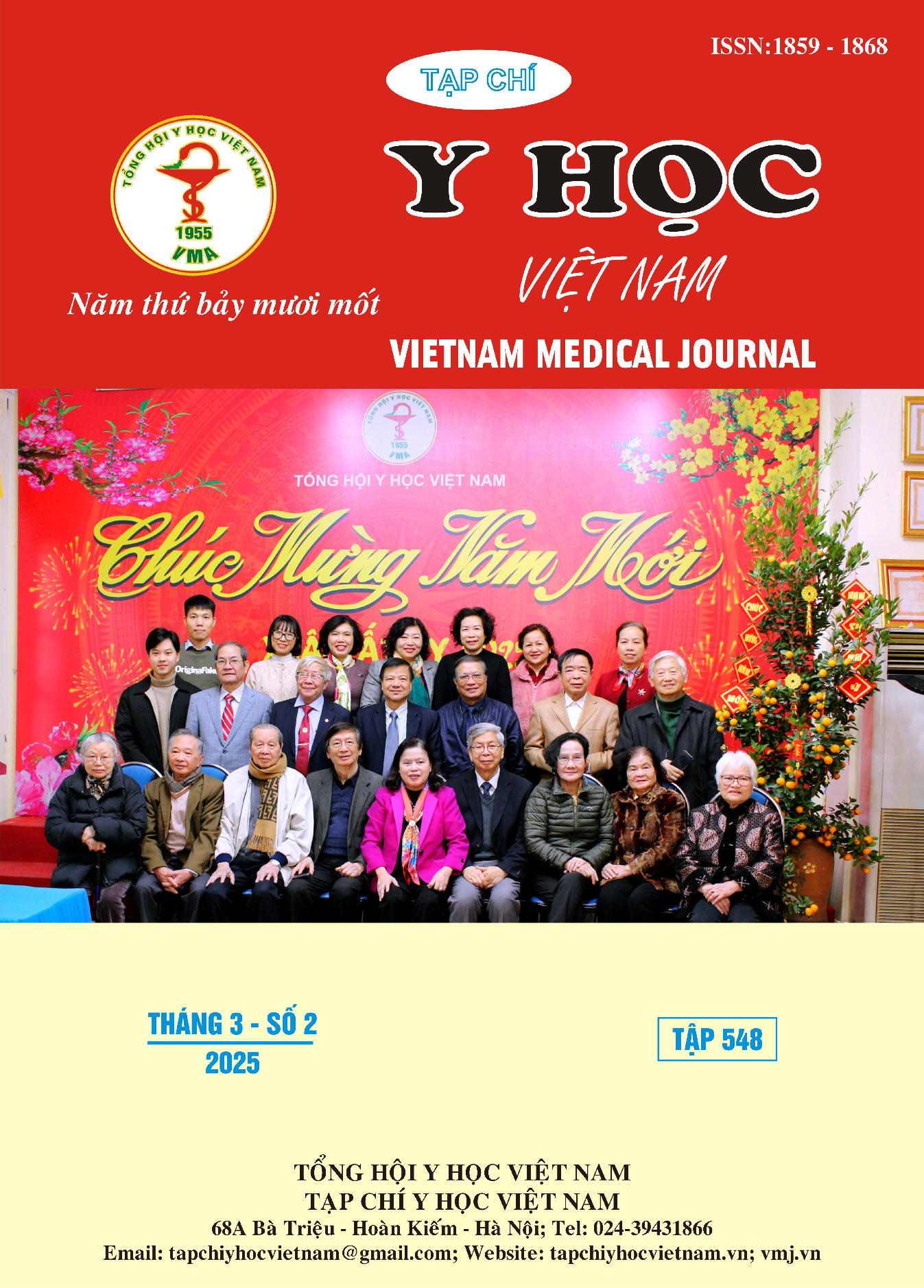TREATMENT RESULTS OF ACUTE CHOLECYSTITIS CAUSED BY GALLSTONES WITH LAPAROSCOPIC CHOLECYSTECTOMY IN THE ELDERLY PATIENTS AT CAN THO GENERAL HOSPITAL
Main Article Content
Abstract
Background: Acute cholecystitis is a common surgical emergency, usually caused by gallstones, and can lead to severe complications if not treated promptly. Objectives: To evaluate the treatment of acute cholecystitis caused by gallstones with laparoscopic cholecystectomy in the elderly at Can Tho City General Hospital. Materials and methods: A descriptive cross-sectional study was conducted on 61 patients over 60 years old who were preoperatively diagnosed with acute cholecystitis caused by gallstones and underwent laparoscopic cholecystectomy at Can Tho City General Hospital from January 2021 to October 2021. Results: The male/female ratio in the study was 1/2.39, with 83.6% of patients being admitted within 72 hours of the onset of pain symptoms. Regarding treatment outcomes, 86.9% of patients had surgery lasting more than 90 minutes. Postoperatively, 57.4% of patients were diagnosed with acute cholecystitis, 24.6% with necrotizing cholecystitis, and 18% with biliary peritonitis. Early postoperative results were primarily good (85.2%) and moderate (14.8%), with no cases of poor outcomes. Early postoperative results were significantly associated with the duration of pain before admission and the duration of surgery, with p<0.05. Conclusion: Laparoscopic cholecystectomy for acute cholecystitis caused by gallstones is a safe and effective treatment method with low complication rates in the elderly.
Article Details
Keywords
acute cholecystitis, laparoscopic cholecystectomy, treatment outcomes.
References
2. Suqing Li, et al., (2023). Epidemiology and Outcomes of Symptomatic Cholelithiasis and Cholecystitis in the USA: Trends and Urban–Rural Variations. Journal of Gastrointestinal Surgery, 27 (5): p. 932-944. https://doi.org/10.1007/ s11605-023-05604-0
3. Ian Gassiep, Felicity Edwards, Kevin B. Laupland (2024). Epidemiology of biliary tract-associated bloodstream infections and adequacy of empiric therapy: an Australian population-based study. European Journal of Clinical Microbiology & Infectious Diseases, 43, 1753– 1760. https://doi.org/10.1007/s10096-024-04894-9
4. Đỗ Trọng Hải, Phan Anh Tuấn, (2003). Mức Độ An Toàn Và Hiệu Quả Của Cắt Túi Mật Nội Soi Trong Viêm Túi Mật Cấp Do Sỏi. Tập Chí Y Học TP. Hồ Chí Minh, 7(1), 43-47.
5. Trần Kiến Vũ (2016), Nghiên Cứu Ứng Dụng Phẫu Thuật Cắt Túi Mật Nội Soi Trong Điều Trị Viêm Túi Mật Cấp Tại Bệnh Viện Đa Khoa Trà Vinh, Trường Đại học Y Dược Hà Nội.
6. Trần Thiện Trung, Võ Hồng Sở (2010), Kết quả PT nội soi điều trị VTMC do sỏi, Y học Thành phố Hồ Chí Minh, 12(4), 96-101.
7. Lê Trung Hải (2010), CTMNS trong VTMC, PT nội soi cắt TM các kỹ thuật và tiên bộ mới, Nhà xuất bản Y học, Hà Nội, 48-55.
8. Vũ Bích Hạnh (2010), Nghiên cứu một số đặc điểm lâm sàng, cận lâm sàng và kết quả PT nội soi cắt TM trong điều trị VTMC do sỏi, Học viện Quân y.
9. Lê Quang Minh (2013), Nghiên cứu chỉ định và đánh giá kết quả điều trị VTMC bằng PT CTMNS. Viện Nghiên cứu khoa học Y dược lâm sàng 108.


